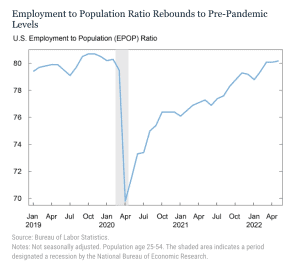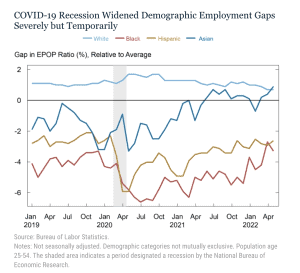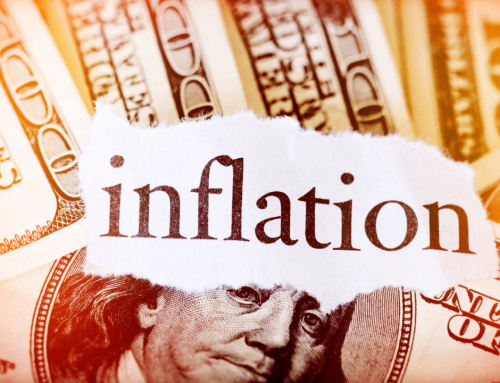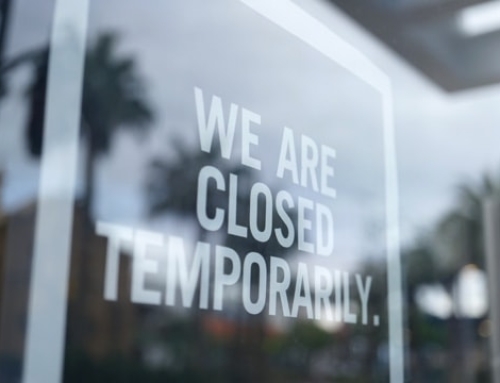Since the early days of the pandemic, we have devoted considerable space in this blog to the often-disproportionate impact COVID has had based on race and ethnicity.
In particular, we have pulled from the ongoing Heterogeneity reports published by the Federal Reserve Bank of New York.
Some of these earlier blog posts covered:
RACIAL DIFFERENCES IN THE COVID-19 LABOR MARKET
INCOME RACE AND THE COVID COMMUTING GAP
COVID AND THE IMPACT ON VARIOUS WAGE-EARNER GROUPS
Today we launch a two-part series, starting with a look at the labor market recovery in the post-COVID period. In the next post in the series, we’ll focus on whether the rise in inflation has been equitable across demographic groups.
LABOR MARKET RECOVERY
One of the Federal Reserve mandates is to achieve “maximum employment.” In an ideal world, this means maximum employment that is demographically fair and heterogeneous.
Of course, this mandate was tested in the early stages of the pandemic, especially the part about demographic equity. As we will see, in the early stages of the pandemic, demographic employment gaps increased significantly, eventually narrowing back to their pre-pandemic levels.
For the purpose of their most recent study, the Fed looked at a report from the Bureau of Labor Statistics called Employment to Population Ratio (EPOP). EPOP defined is:
The ratio of the number of people aged 25-54 in each demographic group who are employed (including self-employed) to the total number of people in that age bracket in that group.
EPOP accounts for people dropping out of and returning to the labor force for economic reasons. The Fed considered EPOP for those who are prime-aged workers (i.e. 25-54)… those who have completed their education and would work under normal circumstances. This age group is closely linked to employment, with an EPOP ratio of more than 80 percent as of February 2020.
The chart below looks at EPOP ratios for the average American worker. Here’s what we see:
- Not surprisingly, employment rates dropped significantly in the months after COVID lockdowns.
- Only seven of every eight prime-age workers employed before the pandemic were employed in April 2020.
- Employment rates rebounded quickly, and by the end of 2020, the economy recovered 6 out of every 10 jobs lost during the height of the pandemic.
- As of May 2020, employment rates for prime workers had been re-set at pre-pandemic levels… meaning roughly 80 percent.

Next, we move from looking at average Americans to studying COVID’s impact on demographic heterogeneity in employment rates.
The chart below looks at gaps in employment rates for white, Black, Hispanic, and Asian Americans relative to the average rate of employment illustrated in the chart above. In particular, we see how COVID affected the employment rate for Black and Hispanic Americas relative to the national average.
- In February 2020, we see that Black and Hispanic Americans were around 4 percent and 2 percent less likely to be employed, respectively, than the average American.
- When the pandemic hit, Black and Hispanic Americans were disproportionately impacted, with their employment gap falling to about 6 percent relative to Average Americans.
- The employment gap narrowed for Black and Hispanic Americans as the economy picked up in the months following the most severe pandemic impact. In fact, the employment gap for Black Americans was actually smaller than it had been before the pandemic kicked in. Specifically, as of May 2022, prime-age Black Americans were 3.3 percentage points less likely to be employed than white Americans; this gap was 4.4 percent before the pandemic.

The Fed points out that this data can be viewed with some degree of optimism, especially when compared to the Great Recession when it took nearly 10 years to regain the jobs lost during the crash. The fact that the employment gap returned to its pre-pandemic levels shows a certain resilience in the labor market.
But while the labor market may be resilient, the big question we now face is: how will rising interest rates and inflation impact labor markets, especially when looking at the impact based on ethnicity, race, and other demographic factors?
In our next post in the series, we’ll take a look at whether or not rising inflation is, in fact, equitable across demographic groups.
SOURCE
Ruchi Avtar, Rajashri Chakrabarti, and Maxim Pinkovskiy, “How Equitable Has the COVID Labor Market Recovery Been?,” Federal Reserve Bank of New York Liberty Street Economics, June 30, 2022, https://libertystreeteconomics.newyorkfed.org/2022/06/how-equitable-has-the-covid-labor-market-recovery-been/.
To learn more about Recovery Decision Science, contact:
[email protected]. 513.489.8877, ext. 261
Error: Contact form not found.




